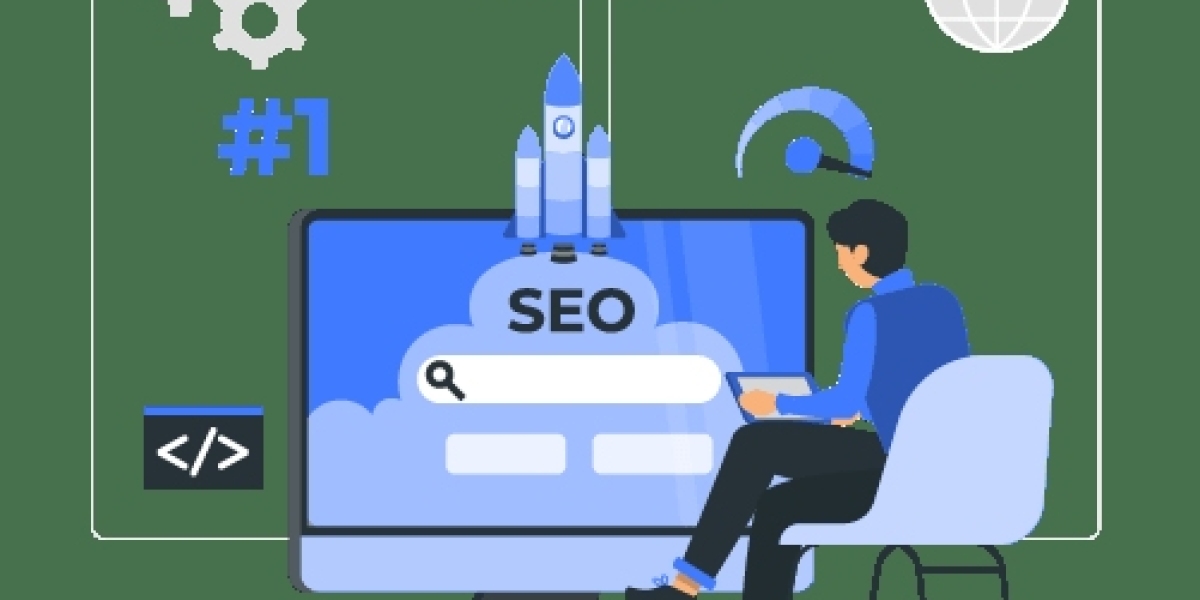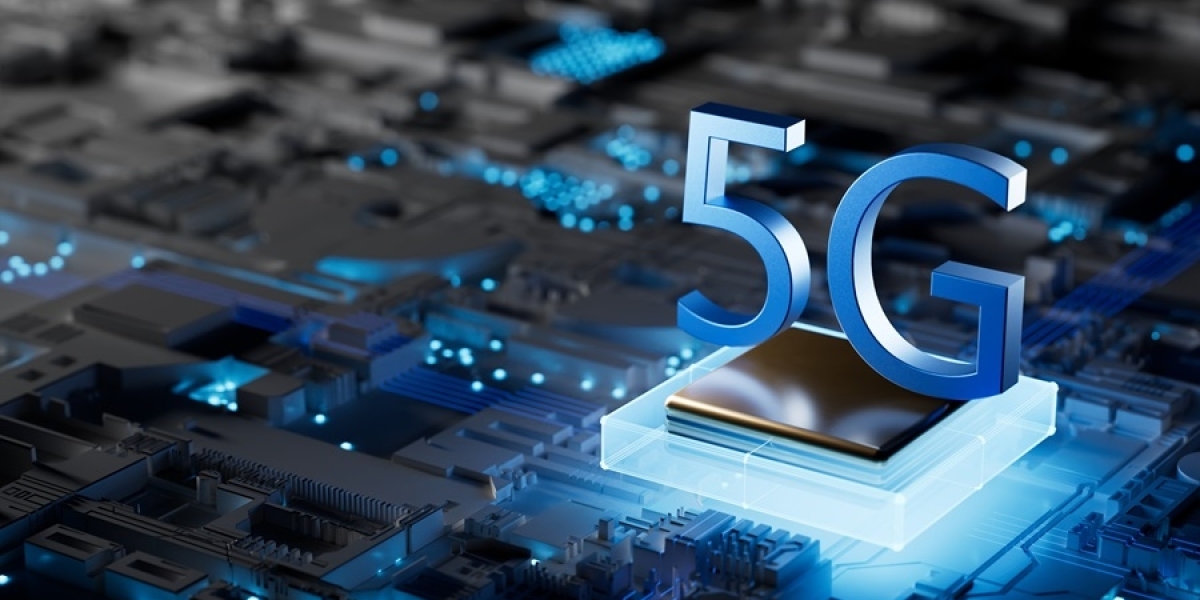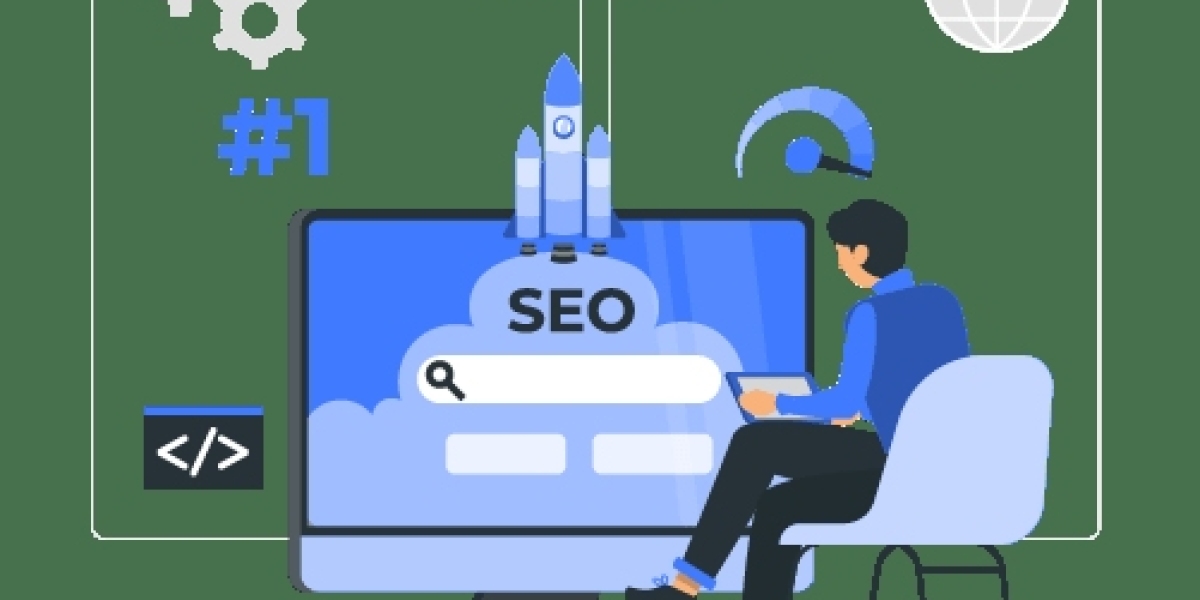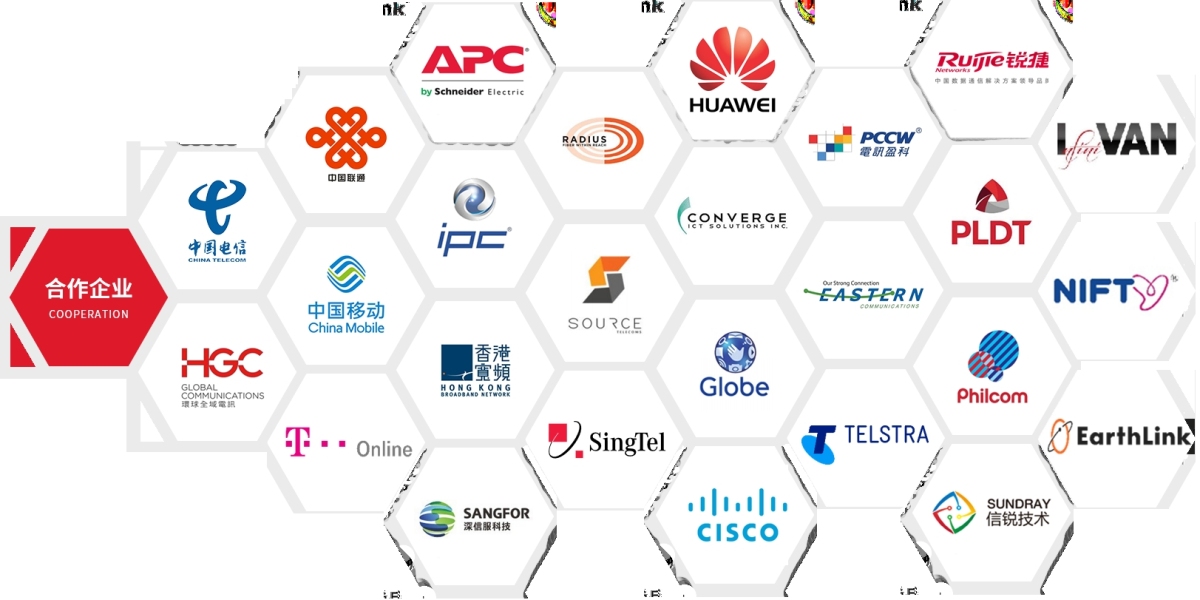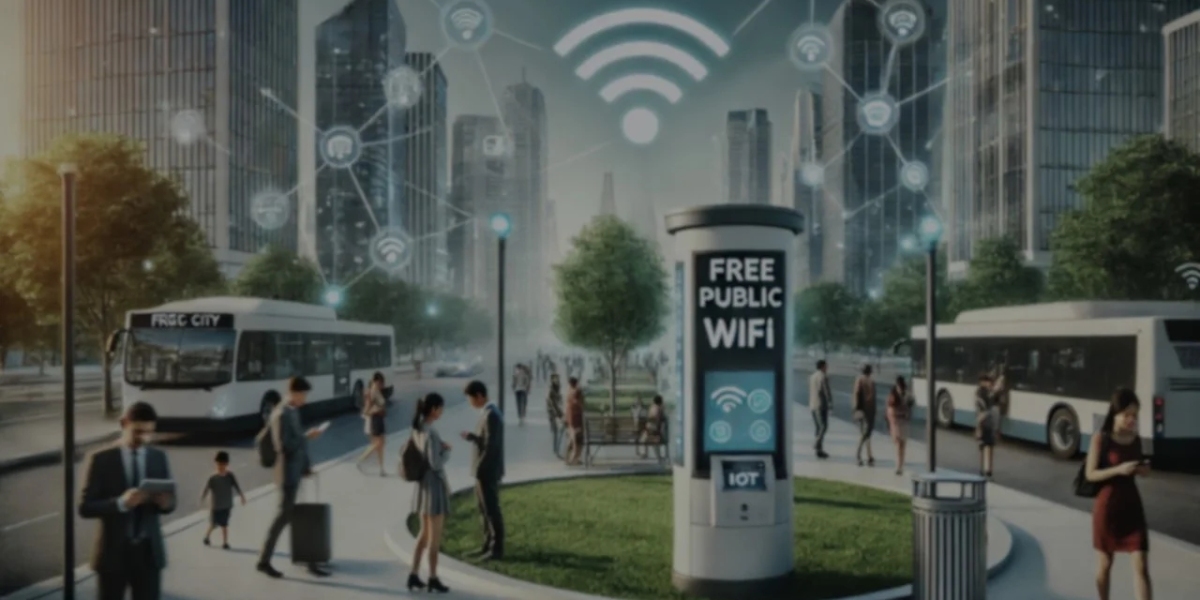Introduction: What Is AI-Powered City Management?
Core Technologies and Systems Involved
Benefits of AI Integration in Urban Governance
Philippine Applications and Pilot Programs
AI Use Cases in Traffic, Utilities, and Public Services
Risks, Challenges, and Ethical Considerations
How to Implement an AI City Strategy
Frequently Asked Questions (FAQs)
Introduction: What Is AI-Powered City Management?
AI-powered city management refers to the use of artificial intelligence technologies to enhance the way cities operate, respond to citizens' needs, and optimize resource usage. It involves leveraging big data, machine learning, computer vision, and automation to streamline urban systems such as traffic control, waste management, energy distribution, public safety, and city planning.
Unlike traditional urban management, which often relies on manual processes and static planning models, AI systems continuously learn from real-time data — allowing cities to predict problems, automate responses, and improve service delivery across multiple departments.
In the Philippines and other emerging economies, the adoption of AI in city governance marks a significant leap toward building smart, resilient, and sustainable urban environments. From flood prediction in low-lying barangays to automated traffic light adjustments in Metro Manila, AI enables local government units (LGUs) to act faster, allocate resources smarter, and serve citizens better.
This approach is not limited to large metropolitan areas. With the right infrastructure and partnerships, even small municipalities and rural towns can adopt AI-powered systems to improve daily operations — making AI an enabler of inclusive digital transformation.
AI-powered city management is a foundational element of modern smart cities. It supports evidence-based policymaking, real-time public service monitoring, and long-term sustainability by aligning human governance with machine intelligence.
Core Technologies and Systems Involved
AI-powered city management systems are built on a foundation of interconnected technologies that work together to process data, generate insights, and trigger automated responses. Each layer plays a vital role in enabling smarter urban operations. Below are the core components that drive this transformation:
1. Artificial Intelligence and Machine Learning (ML)
AI algorithms, particularly machine learning, are used to detect patterns, make predictions, and automate decision-making. In city management, ML models can forecast traffic congestion, predict energy demand, or identify crime hotspots based on historical data.
2. Internet of Things (IoT) Sensors
IoT devices collect real-time data from the physical environment — including temperature, air quality, water pressure, electricity flow, noise levels, pedestrian movement, and vehicle speed. These sensors serve as the “eyes and ears” of an AI-driven city.
3. Geographic Information Systems (GIS)
GIS technology maps and visualizes data spatially, allowing city officials to monitor assets, hazards, and service coverage geographically. AI can process GIS data to simulate disaster scenarios or optimize land use planning.
4. Cloud Computing and Data Lakes
Large volumes of data from various sources need to be stored and processed efficiently. Cloud infrastructure allows cities to scale their computing needs and maintain centralized access to real-time and historical datasets. Data lakes store structured and unstructured information for AI to analyze.
5. Computer Vision and Smart Surveillance
Using AI-powered image and video analysis, cities can monitor public spaces in real time. Applications include facial recognition, vehicle classification, people counting, and behavioral anomaly detection in CCTV footage.
6. Digital Twins and Simulation Models
Digital twins are virtual replicas of physical city systems. AI interacts with these models to simulate different policy outcomes, emergency responses, or infrastructure changes before they’re implemented in real life — reducing risk and cost.
7. Application Programming Interfaces (APIs)
APIs allow AI platforms to integrate seamlessly with city systems such as permit databases, transport networks, and billing platforms. This interoperability is crucial for unified governance.
8. Smart Dashboards and Command Centers
Visual interfaces powered by AI analytics help decision-makers track KPIs (key performance indicators), receive alerts, and prioritize actions based on predictive insights. These dashboards centralize multiple streams of data for simplified oversight.
9. Natural Language Processing (NLP)
AI with NLP capabilities powers chatbots, citizen engagement apps, and document processing systems. This allows cities to automate responses to public inquiries, digitize paperwork, and provide 24/7 multilingual support.
These technologies, when orchestrated correctly, create a smart city nervous system — one that continuously senses, thinks, and acts to keep urban life efficient, safe, and resilient.
Benefits of AI Integration in Urban Governance
Integrating artificial intelligence into urban governance offers a transformative set of benefits that go far beyond simple automation. For cities across the Philippines and the region, AI enables smarter planning, faster responses, and more inclusive public service delivery. Below are the most impactful advantages:
1. Real-Time Decision Making
AI systems can analyze data from traffic, weather, energy, and infrastructure sensors instantly. This allows city leaders to make informed decisions quickly, such as rerouting traffic in case of an accident or adjusting energy loads during peak hours.
2. Predictive Analytics for Better Planning
Rather than reacting to problems after they occur, AI enables predictive governance. Cities can anticipate flooding, disease outbreaks, power shortages, or infrastructure strain — and deploy resources before a crisis hits.
3. Efficient Resource Allocation
AI helps allocate limited city resources based on demand and urgency. For example, waste collection trucks can be rerouted to full bins only, water usage can be optimized by tracking leaks, and public transport frequency can be adjusted based on rider volume forecasts.
4. Improved Public Safety and Crime Prevention
AI-powered surveillance can detect abnormal activity, identify unauthorized access, and flag potential risks automatically. Combined with facial recognition or behavioral pattern analysis, law enforcement agencies gain powerful tools for crime deterrence and incident response.
5. Transparent and Accountable Governance
Smart dashboards and AI-driven reporting tools provide real-time updates on city performance metrics — from response time to permit processing to air quality. These platforms make governance more transparent and encourage public participation through data visibility.
6. Enhanced Citizen Engagement
AI chatbots and digital assistants improve accessibility of government services. Residents can inquire about permits, report issues, or access emergency alerts using simple language — even outside of office hours.
7. Economic and Environmental Sustainability
AI can drive green urban management by optimizing energy consumption, predicting pollution spikes, and coordinating public transportation. This leads to lower carbon footprints and cost savings for both governments and citizens.
8. Resilience in Crisis Management
Whether facing natural disasters, health emergencies, or infrastructure failures, AI systems provide faster detection, broader visibility, and coordinated response mechanisms. For example, during typhoons, AI can help predict flood zones and monitor evacuation routes in real time.
9. Reduced Operational Costs
By automating manual tasks — like permit approvals, incident logging, or field inspections — AI allows cities to operate more efficiently. Fewer errors, lower labor costs, and shorter service delivery timelines contribute to overall savings.
10. Scalable Innovation
Cities can begin with small AI implementations (e.g., traffic management) and scale gradually into larger systems. This modular growth ensures adaptability to budget constraints and evolving needs.
By adopting AI, urban leaders are not just modernizing processes — they are building cities that learn, adapt, and evolve with their communities.
Philippine Applications and Pilot Programs
AI-powered city management may still be in its early stages in the Philippines, but forward-thinking local governments and national agencies have already begun deploying pilot programs that demonstrate AI’s potential in solving real-world urban challenges.
1. Quezon City: Traffic and Surveillance Integration
Quezon City has implemented intelligent transport systems that use AI to monitor vehicle flow, adjust traffic signal timings, and detect traffic violations. AI-enabled cameras automatically identify license plates and flag infractions, improving both safety and revenue collection.
2. Davao City: Smart Command Center
Davao’s Public Safety and Security Command Center (PSSCC) uses a network of surveillance cameras, GIS tools, and AI analytics to manage law enforcement, emergency response, and disaster monitoring. The system can identify suspicious behavior and coordinate multi-agency responses more efficiently.
3. Pasig City: Smart Flood Monitoring and Prediction
As a flood-prone area, Pasig City uses AI to analyze rainfall patterns, water level sensor data, and drainage maps. The system provides predictive alerts for barangays at risk and enables proactive evacuation and mitigation planning.
4. Cebu City: AI-Driven Waste Management
Cebu’s pilot initiatives include smart bins with fill sensors and route optimization for garbage trucks. AI models help determine the most efficient collection paths and alert sanitation teams when bins are full — saving fuel and reducing missed pickups.
5. Department of Information and Communications Technology (DICT)
DICT supports AI research and development for governance under the National Artificial Intelligence Roadmap. Projects include digital ID integration, AI in cybersecurity, and e-governance analytics tools that use machine learning to track service performance across agencies.
6. Manila: Public Health AI Dashboards
Manila City’s health department has experimented with AI systems to analyze hospital admission rates, outbreak trends, and vaccine inventory. AI models help forecast bed capacity needs and identify hotspots for targeted interventions.
7. Smart City Pilots in New Clark City and Iloilo
As part of the Bases Conversion and Development Authority’s (BCDA) vision for New Clark City, AI and IoT are being embedded from the ground up — including systems for energy monitoring, smart street lighting, traffic flow, and infrastructure digital twins. Iloilo City has partnered with international groups to explore AI in land use planning and public transport efficiency.
8. LGU Chatbot Integration (Various Cities)
Several LGUs have adopted AI chatbots on their websites and Facebook pages to handle FAQs, COVID-related updates, and permit processing inquiries. These bots, trained in Tagalog, English, and local dialects, improve accessibility for residents and reduce pressure on government offices.
These early adopters show that AI doesn’t need to wait for perfect infrastructure — with the right vision, even mid-sized cities and barangays can begin leveraging artificial intelligence for smarter, more responsive governance.
AI Use Cases in Traffic, Utilities, and Public Services
Artificial intelligence enhances nearly every layer of urban functionality when applied to core services such as transportation, utilities, and frontline public service delivery. Below are the most common and impactful use cases in each of these domains.
Traffic Management
1. Adaptive Traffic Signals
AI systems analyze live traffic flow and adjust signal timing dynamically to reduce congestion. This ensures smoother vehicle movement during rush hours or special events and improves travel time across key intersections.
2. Real-Time Violation Detection
Smart CCTV with AI can automatically identify illegal parking, counterflow driving, over-speeding, and red-light violations. These infractions can be flagged for automated ticketing or used to trigger in-person enforcement.
3. Predictive Traffic Flow Modeling
Machine learning models forecast traffic buildup based on weather, holidays, or past congestion data. Cities can deploy re-routing strategies or update public advisories before bottlenecks form.
4. Public Transport Optimization
AI analyzes commuter patterns to help LGUs and transport cooperatives optimize bus or jeepney schedules. It can also recommend route realignments based on rider volume, wait time, and capacity usage.
Utilities and Infrastructure
1. Smart Water and Electricity Monitoring
IoT sensors combined with AI can detect leaks, track abnormal consumption, and recommend maintenance schedules. This helps reduce waste, prevent blackouts, and optimize water pressure or grid load.
2. Waste Collection Optimization
AI tracks bin fill levels and uses predictive routing to improve garbage truck efficiency. Cities can reduce fuel consumption, missed pickups, and overflowing bins by only dispatching vehicles when necessary.
3. Street Lighting Automation
AI-based control systems manage streetlights based on real-time ambient light, pedestrian movement, or traffic density — ensuring better safety and reducing energy consumption.
4. Smart Building and Facility Maintenance
Large public facilities and government buildings can use AI to monitor HVAC usage, elevator traffic, and equipment wear-and-tear. Predictive maintenance helps reduce downtime and repair costs.
Public Services
1. AI Chatbots and Virtual Assistants
Citizens can interact with local governments 24/7 via AI chatbots on websites or messaging apps. Services like business permit applications, grievance filing, or COVID-19 inquiries can be automated.
2. Health Data Analysis
AI helps LGUs identify disease trends, manage vaccine inventory, and predict hospital load. Systems can analyze DOH and LGU health data to forecast emerging public health risks.
3. Permit and License Automation
Through AI-enhanced document analysis, cities can fast-track business registrations, construction permits, and other application processes — reducing delays and improving citizen satisfaction.
4. Social Welfare Targeting
AI can analyze socioeconomic data to identify the most vulnerable households. This helps optimize distribution of aid programs such as 4Ps, community feeding, or job assistance.
AI is not just a “future tool” — it is actively transforming the daily operations of Philippine cities, barangays, and national agencies. When properly deployed, it improves both citizen experience and service reliability across core functions.





